1984 MICROWAVE TRANSFORMED INTO LABORATORY HIGH TEMP. KILN / REACTOR
FEATURES:
- AUTOMATIC TEMPERATURE AND TIMER CONTROL
- CAPABLE OF REFRACTORY TEMPERATURES (1000 K - 2000 K GOAL)
- INTERCHANGEABLE REACTION VESSEL FOR DIFFERENT APPLICATIONS
- BLOWER COOLED MAGNETRON AND ELECTRONICS FOR CONTINUOUS OPERATION
- THERMALLY PROTECTED MAGNETRON
- EXHAUST DUCT CONNECTION FOR FUME EXTRACTION
- PORTAL AT TOP OF HEATING CHAMBER CAN BE OPENNED ALLOWING FOR ATTACHMENT OF CONDENSOR / REFLUX COLUMN FOR DISTILLATION AND OTHER RELATED EXPERIMENTS
- COMPRESSOR BASED COOLING SYSTEM FOR CONDENSOR / REFLUX
- 4W3S0M3N355 AND TOTALLY 7334
-ALL YOUR BASE
 localbroadcast
localbroadcast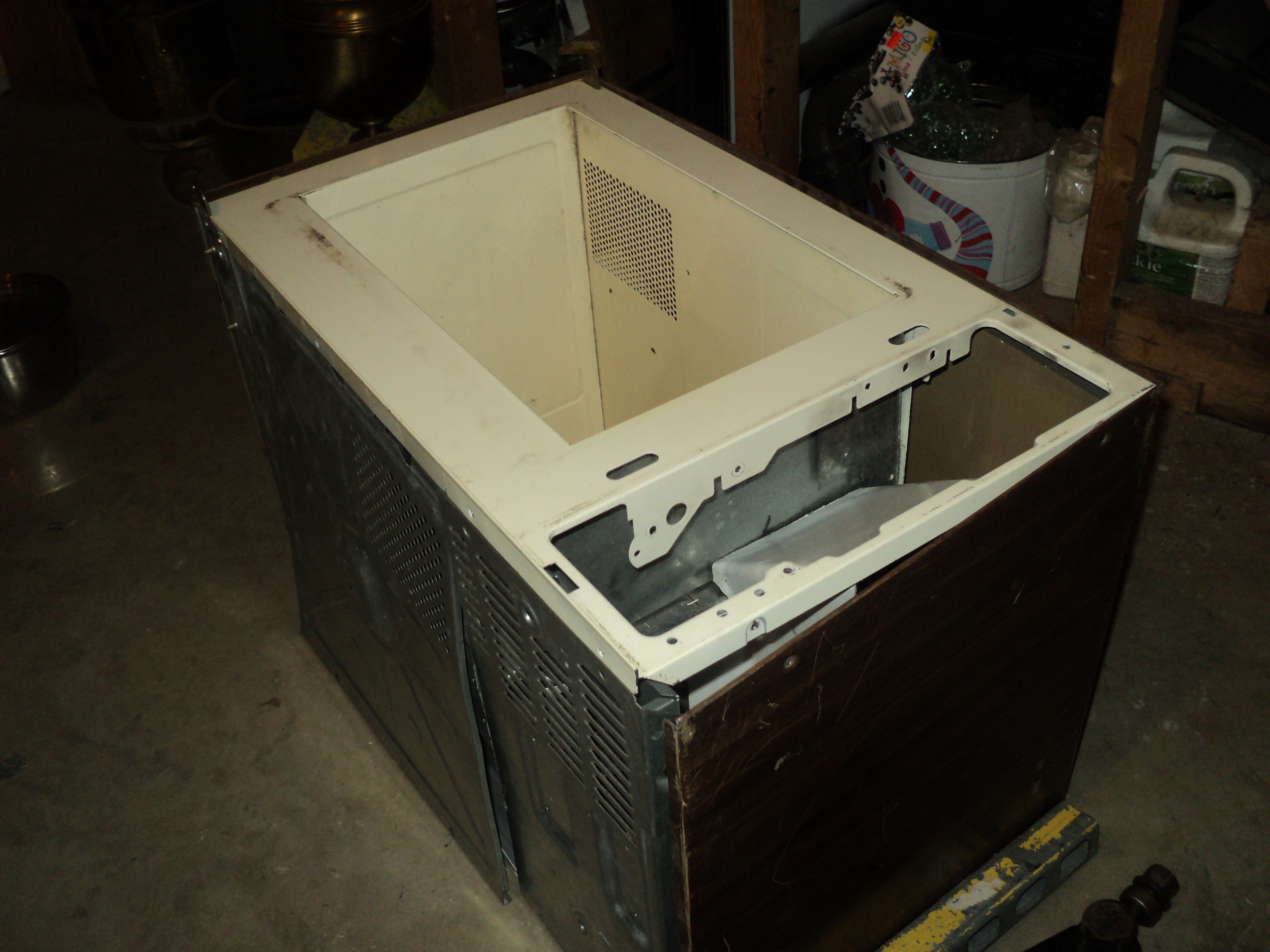
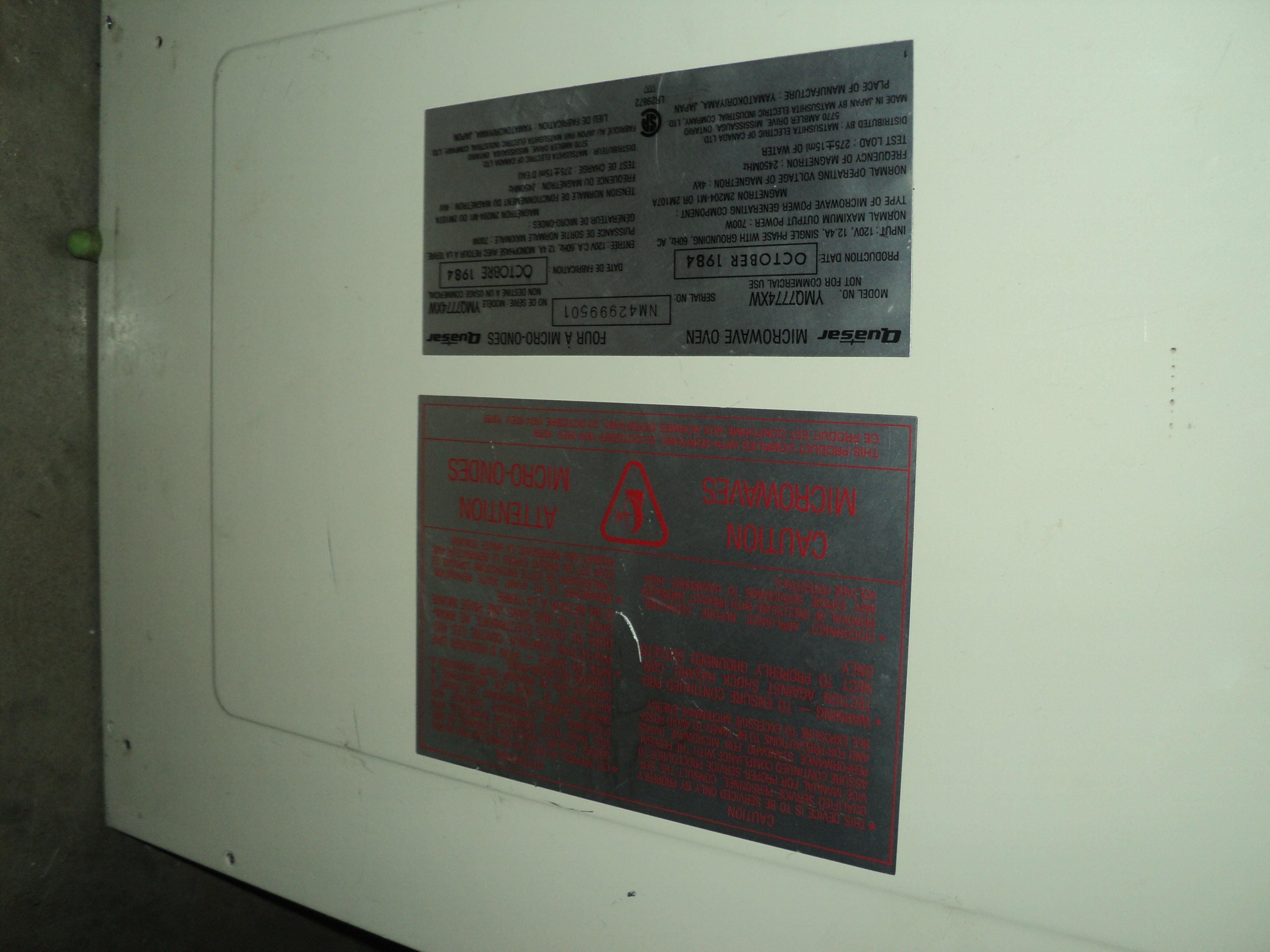
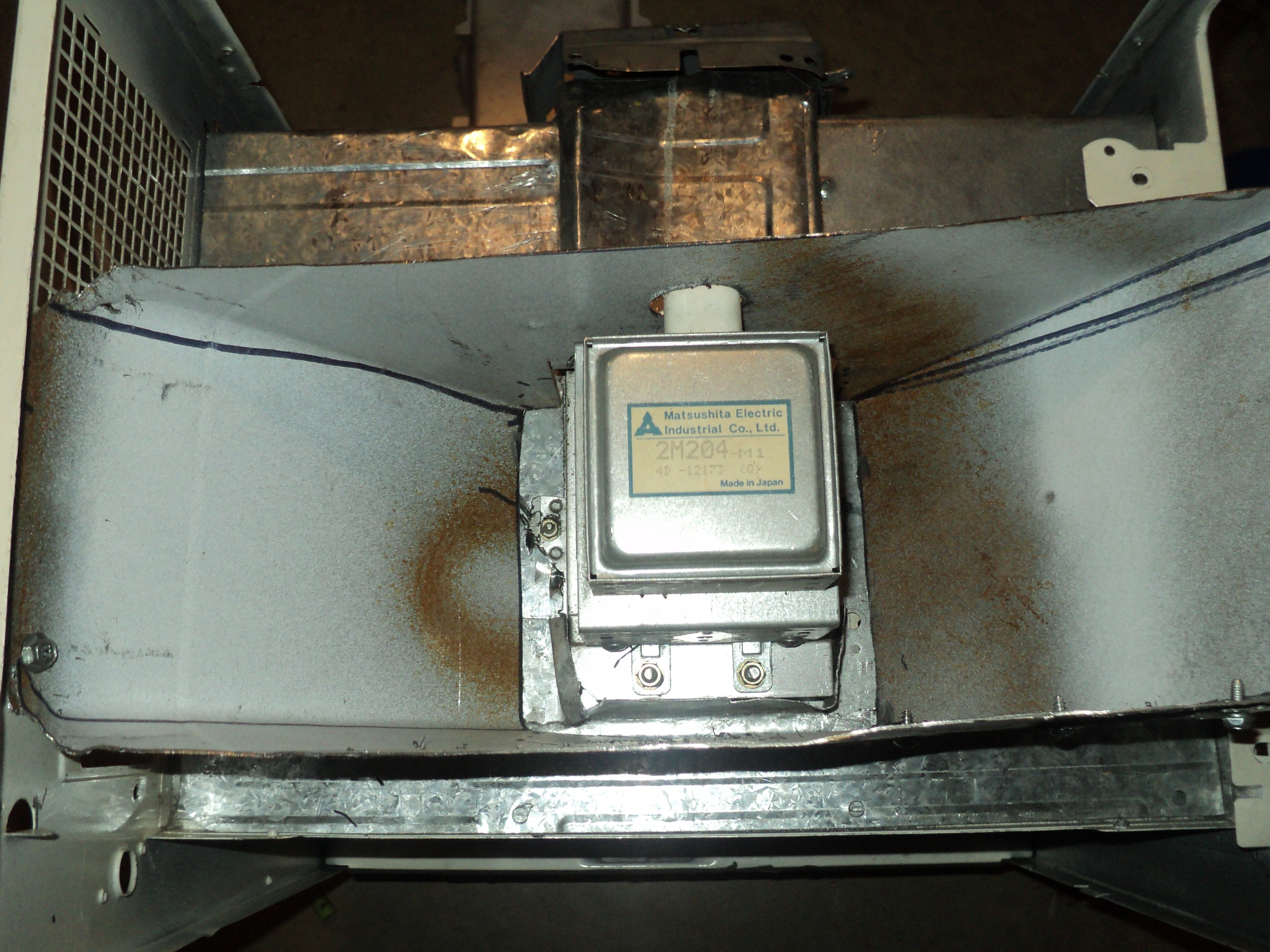
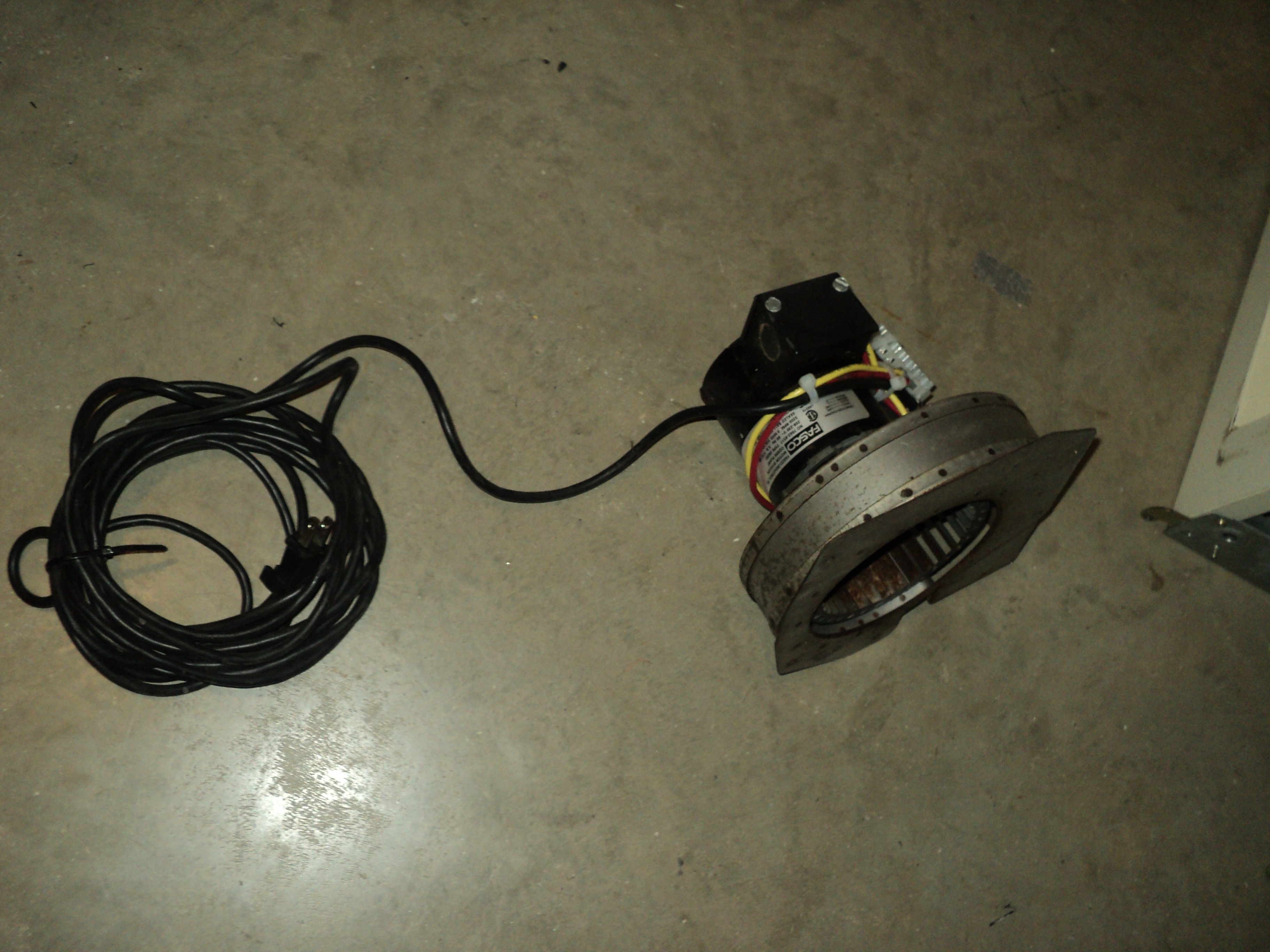
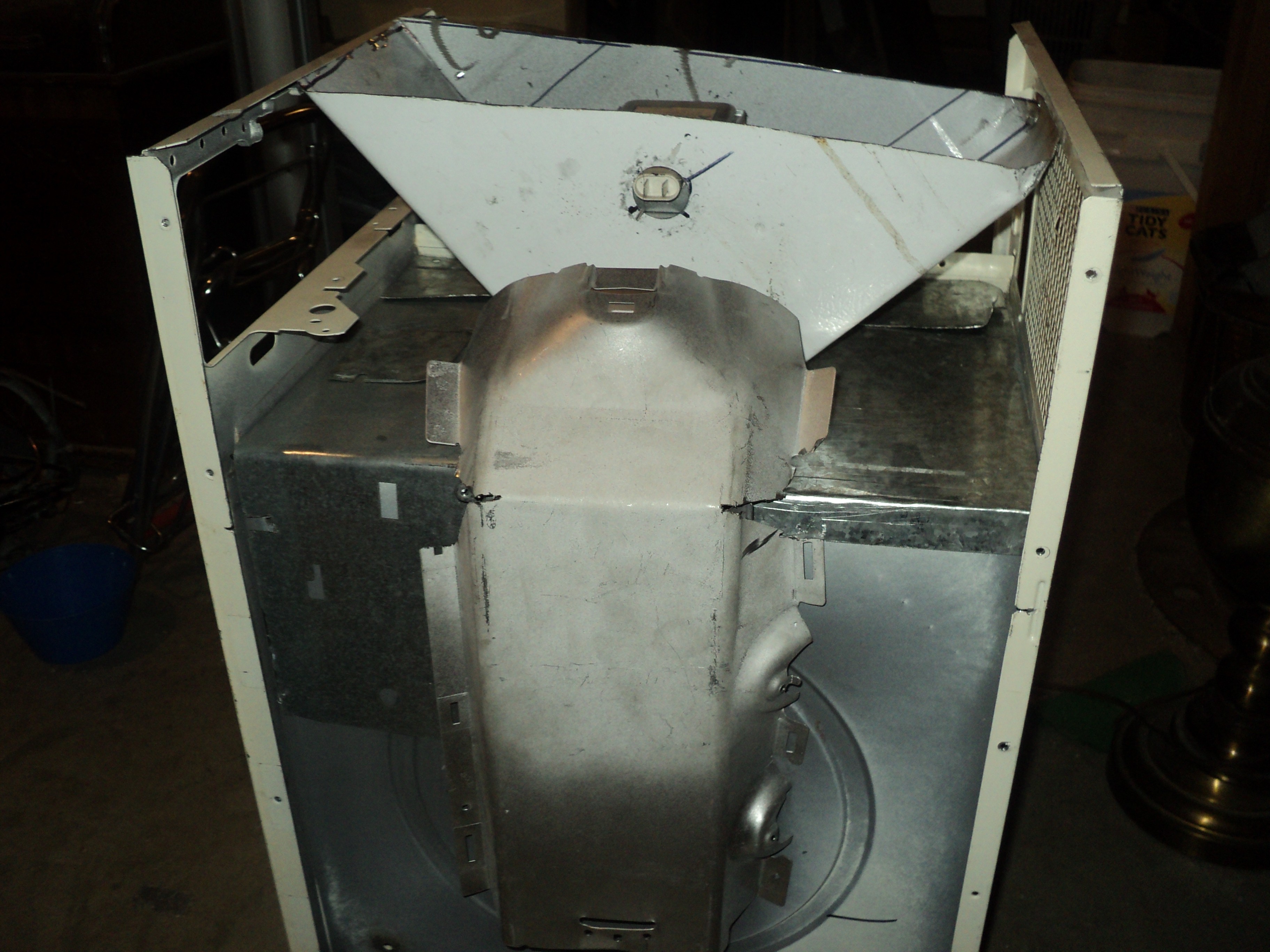
I am very interested in learning about your set-up to use/repurpose the microwave as a distiller. Do you have schematic you could share...jeffc240@optimum.net.